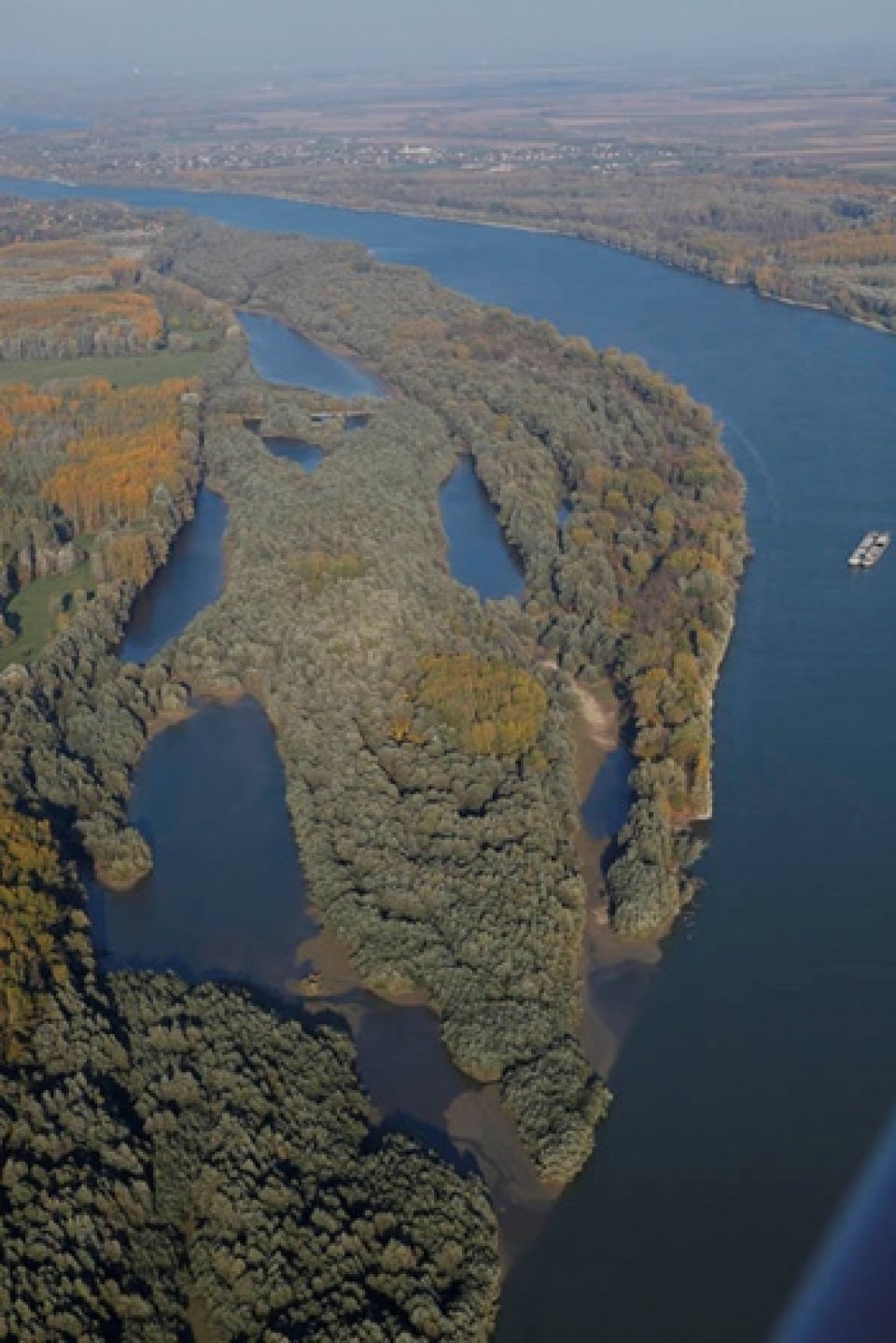
The case study is located in the Danube River in the South of Hungary. It is the area of the sucessful LIFE project on Liberty Island (rkm 1448 to 1452), that was implemented 2009-2014. The entire Danube River is regulated and long dike system protects the largest former floodplain area in the continent. As a results, the water availability is changed by decreasing the groundwater levels, and drouths effects are accentuated by the new climate conditions.
The creation of a long-term, sustainable conservation model for white willow (Salicion albae) alluvial forests in Hungary and a more near-natural flow regime of the Danube. A core aim was to eliminate or mitigate the factors that threaten the habitats of community interest.
This case study is one of 17 that are part of the EU Horizon2020 project MERLIN - Mainstreaming Ecological Restoration of freshwater-related ecosystems in a Landscape context: INnovation, upscaling and transformation. Within MERLIN, the project area of the Liberty Island restoration is revisited to learn from the sucessful process and to monitor the long-term effects of the restoration. Together with the MERLIN case study on the Austrian Danube Floodplains (https://oppla.eu/casestudy/28683), the upscaling of restoration on the Austrian-Hungarian river stretches will be developed.
The project area was cleared of invasive species and non-native tree plantations and the appropriate water flow in the side-arm was restored to improve water availability for white willow forests during low water periods and to facilitate an undisturbed ecosystem, where natural processes are predominant.
- establishment of white willow alluvial forests, thereby creating a habitat natural to this area and allowing other endangered plant and animal species to thrive
- natural flow regime in a side arm of the Danube
- drinking water supply not on the back of the environment but in allignment with sustainability goals
- Developing climate change adaptation; improving risk management and resilience
- Increase infiltration / Water storage
- Reduce flood risk
- Restoring ecosystems and their functions
- Improve connectivity and functionality of green and blue infrastructures
- Increase achievements of biodiversity targets
- Increase Biodiversity
- Improve water quality
- Increase awareness of NBS solution & their effectiveness and co benefits
Further information
- 6. Clean Water and Sanitation
- 12. Responsible Consumption and Production
- 15. Life On Land
